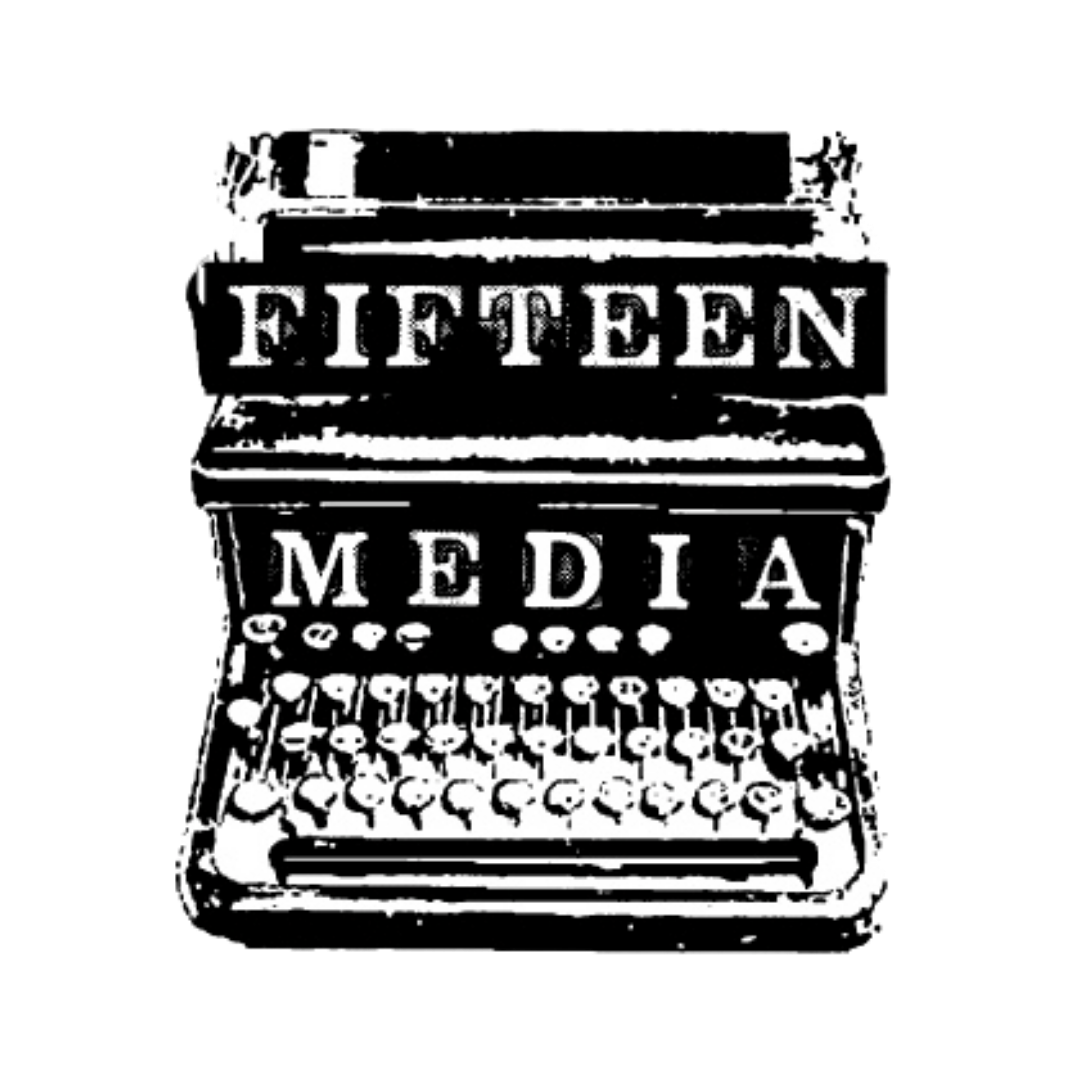PR Trends Every Maker Should Know (From a PR Insider)
PR trends are hard to come by. It might be easy to see what the media has already published, but the behind the scenes efforts to pitch a maker all happen, well, behind the scenes.
So, as a PR insider who works with makers every day, I thought it would be good to share a few emerging trends to help you catch media attention for your business.
Here are five PR trends making an impact on makers.
1. More Outlets Will Ask if You Sell on Amazon
More and more outlets are asking if my clients sell their products on Amazon. The reason is that they want to take advantage of Amazon’s lucrative affiliate programs. If you sell your products on Amazon, the outlet can use a special link to earn a commission on the sales traced back to that link. Other affiliate programs exist, but Amazon is the most widely requested.
Unfortunately, this trend can be challenging for makers who do not already have an Amazon store. Setting up an Amazon store is not easy. It’s not impossible, but it’s also not reasonable to turn around this kind of request overnight.
I have found this to be most relevant when pitching for holiday gift guides. Outlets want to cash in when they feature your products during the spending season and selling on Amazon is an easy way to do this.
But if you don’t have an Amazon store already set up, I wouldn’t worry just yet. There are plenty of outlets that don’t require you to sell an Amazon, for now. It’s just something to keep in mind.
2. Publishers are Consolidating
The latest iteration of the changing media landscape is that companies are consolidating their writers and spreading them across multiple publications.
For example, I’ve been seeing this a lot with Hearst. Hearst is one of the largest media companies, they own some of the largest, national magazines, such as Cosmo, Redbook, O, The Oprah Magazine. The change is that now, instead of having a beauty writer for each beauty publication, Hearst will have the same beauty writers write for multiple publications, and the same goes for other beats as well.
Honestly, I think this is a good thing for makers. It means that you can get a lot more bang for your buck. Just by pitching one writer, you can be considered for many major publications.
3. Pitching Freelancers Pays Off
I’ve been consulting PR teams to pitch freelancers for a while now, and it is paying off. A lot of major outlets are increasing how much they rely on freelancers rather than staff writers. Similar to how major media companies are spreading their writers across multiple publications, freelancers naturally write for multiple publications.
I always recommend getting your products into as many freelancer’s hands as you can. They tend to be targeted less and work with more publications. This makes your products a bit more “big fish, small pond” and in this case, a lot of people are fishing in that small pond.
4. People Love Bloggers, Influencers, and Especially Podcasters
If you want to get the word out there, the first place you should go is niche outlets with loyal audiences. I’m talking about bloggers, influencers, and especially podcasters. (For the sake of keeping things short, we’ll call them BIPs)
Before you can go mainstream, you need to have early adopters who are enthusiastic about your products. BIPs tend to be really good at building trust and enthusiasm with their fans and are easier to connect with than, say, the New York Times.
Building relationships with BIPs will give you access to the niche audiences most likely to try something new. And in the long run, as a BIPs audience and influence grows, you’ll be along for the ride.
5. Media Outlets Want More Authentic Brands
It used to be that you had to hire a PR firm to construct a story and pitch you to their network of contacts. Now, media outlets are open to hearing directly from the brand itself. As long as you know when, how and who to communicate with, something I teach in my private DIY PR workshops, you can capture the media’s attention and have your story told.
You have plenty of opportunities to show that you’re more than a product, you’re a story. Writing a stellar about page and leveraging social media to give your brand a personality are great ways to be authentic and show who you really are.
Makers have an advantage when it comes to being authentic. It’s much easier to be authentic when you are a real person on a real mission than a billion dollar conglomerate out for profits. When it comes to getting the consumer’s attention, only one of these is really an option.

